“Why Sweden?” – This is usually the very first question anyone ever asks me when they find out that I’m Scottish and my fiancé is also Scottish. It seems like moving to Sweden without having a Swedish partner or job is not the normal thing. I find this a confusing attitude, I mean, why not?
For us though, it was love at first sight. A short visit almost 5 years ago left us entranced and wanting more. So, here we are.
The road certainly hasn’t been an easy one -I have a books worth of stuff I could tell you but for the sake of brevity, I shall refrain- and coming here didn’t solve all of those issues we wanted to leave behind in Scotland. It kind of added to them.
We eventually moved here in June of 2013, with our 7 month old daughter. That was a feat in itself but we also had the added worry of health provision as our daughter was also born with a rare genetic condition called achondroplasia – the most common form of dwarfism. We had absolutely no clue, even after many scans, that she had this condition. There was so no family history of dwarfism on either side, and so, how could it happen? One of the very first facts I read about achondroplasia was that 80-90% of babies born, are born to average height parents.
Those first weeks after her birth are a blur of appointments and tests.
I’ll never forget having to hold our 1 week old baby down with cling film to help keep her straight and flat for x-rays. It numbed me.
As the weeks went by, I started to reach out, looking for other families who might understand. We were so lucky to find some lovely people who answered our questions and offered emotional support. When our baby was about 3 months old, we attended our first LPUK event; an organisation set up by Warwick Davies and his wife, Sammy. What an emotional weekend it was but it left us with a feeling of new found hope for the future.
We continued with our drawn out plan to move to our dream city, all the while, coping with our new path and our daughter’s many medical complications.
If I am perfectly honest with myself, I think having a child actually pushed us forward with our move. We had been prevaricating about the move for quite some time. Something always managed to crop up and justifiably (in our heads) stop us. We are quite a laid back couple, so just the thought of everything we had to go through to fulfil our dream was exhausting in itself. We knew deep down the provision for our baby would be better, that there would not be the same postcode lottery of care. We knew that both mother and father can have an active role in childcare. The differences are perfectly illustrated by the fact that, whilst in the UK, my partner had 8 days paternity leave when our girl was born… which we had to pay for ourselves. Deep down, we just knew that the move was for a better life for our daughter and it was now or never.
We of course registered with a consultant here in Sweden as soon as we could. New tests were scheduled very quickly a new baseline was needed as it became glaringly clear that the paediatric guidelines for treatment here were vastly different from those at home. For starters, our daughter was taken off a machine designed to help her with her central and obstructive sleep apnoea she was referred for an MRI soon after.
The MRI is standard procedure (here) for all children born with achondroplasia to check for narrowing of the foramen magnum; an opening at the base of the skull where the spinal cord passes through. A narrowing here can lead to symptoms such as; apnoea (which our daughter has), respiratory insufficiencies and sudden death (to name a few). The results were in. There was narrowing and our daughter would need to undergo surgery to fix it. We were both terrified for the surgery but filled with relief that proper care was been taken; that lack of budget did not restrict what treatment was given. I dread to think the outcome if we had stayed at home.
We also reached out to an organisation called Föreningen För Kortvuxna and attended a gathering last year. It is another wonderfully supportive organisation and we were welcomed (despite or Swedish language deficiencies) with warmth and instant acceptance. We chatted with many members, asked many questions and made new friends. What struck me almost instantaneously were the differences in experience between our UK friends and our now new Swedish friends. The general feel I took away from that gathering was that Swedes were more accepting of differences. I have absolutely no evidence to back up this assertion but it I feel it may be the case.
It is my dream to work with organisations both here and back in the UK; to help raise awareness and education, and bring both countries together. My friends back home quite often joke that they will hire a bus and come over for a huge gathering; actually, I don’t think it is a joke. I know they mean it.
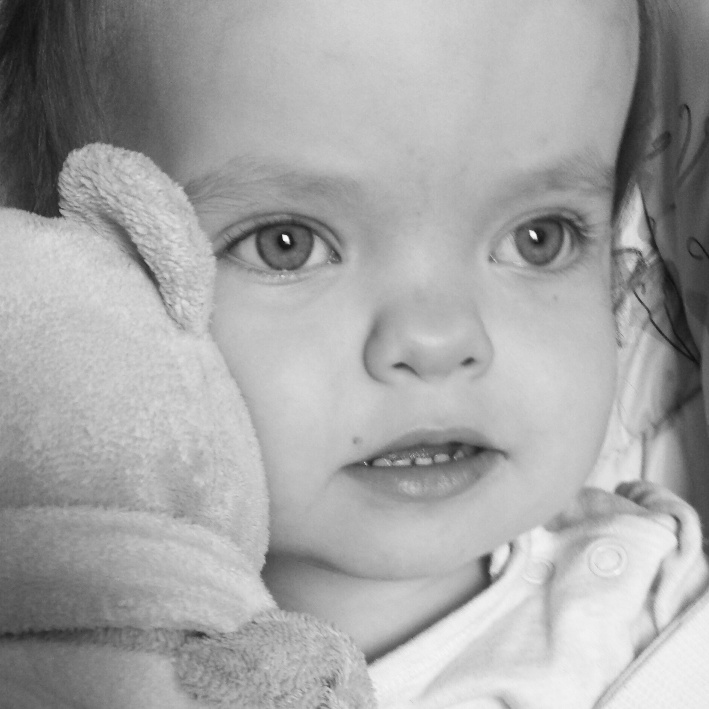
Our life now
I can say with my hand on my heart that our first year in Sweden was undoubtedly one of the hardest times of our lives. We have undergone bereavement(s), surgeries, 3 house moves, new jobs, and come up against wall after wall of bureaucracy. Navigating a healthcare system in a foreign language is also no easy task but we are finally getting there.
Our beautiful daughter has some developmental delays which require input from various therapists and medics (physiotherapy, Occupational Therapy, endocrinologist, respiratory medicine) but she is thriving. We have been fortunate to find a wonderful, local dagis where the staff are simply fantastic with her. They don’t treat her any differently, and the aim is for full integration. The children in her class are touchingly protective and caring towards her too. She is a normal, cheeky little madam, who loves to test boundaries and who charms everyone she meets.
As a parent it is my need to protect my daughter. One of the ways I can do this is through educating and raising awareness, wherever I can. Globally, people with dwarfism still face open discrimination and ridicule every single day. Some of our friend’s kids at home are bullied, taunted and pointed at. No child (or adult) should be put through this.
I think it was the great Peter Dinklage who said – “Dwarves are still the butt of jokes. It’s one of the last bastions of acceptable prejudice. Not just by people who’ve had too much to drink in England and want to throw a person. But by media, everything.”
Dwarfism Fast Facts
Here are some quick facts about dwarfism and links to some organisations:
- The word “midget” is considered highly offensive. In Swedish, the word “dvärg” is also considered offensive.
- Terms such as “Little Person”, “LP” or “Person of Short Stature” is preferable. Most people also don’t mind “dwarf” but if in doubt, why not just use the person’s name?
- 80% of Little People are born to parents of average height.
- “Dwarf Tossing” is not considered to be an appropriate past-time
- There are over 200 different types of dwarfism which occur in all ethnicities and races. It also occurs in the animal kingdom.
- Dwarfism is not an intellectual disability.
- Most types of dwarfism come with medical complications, some fairly serious.
- Achondroplasia is the most common form of dwarfism
- People with dwarfism are usually no taller than 4ft 10 inches.
Organisations in Sweden
Föreningen För Kortvuxna – http://fkv.se/
Disability Sports – http://www.handikappidrott.se/
There are also many online communities. We are part of a small group of parents in the UK where we still get our emotional support and advice from. There is also a wider global community of parents who have taken to social media and blogging to create a greater understanding. We all welcome any questions anyone may have; in fact, we would much prefer that to the staring and pointing.
Article by Tracey Provan

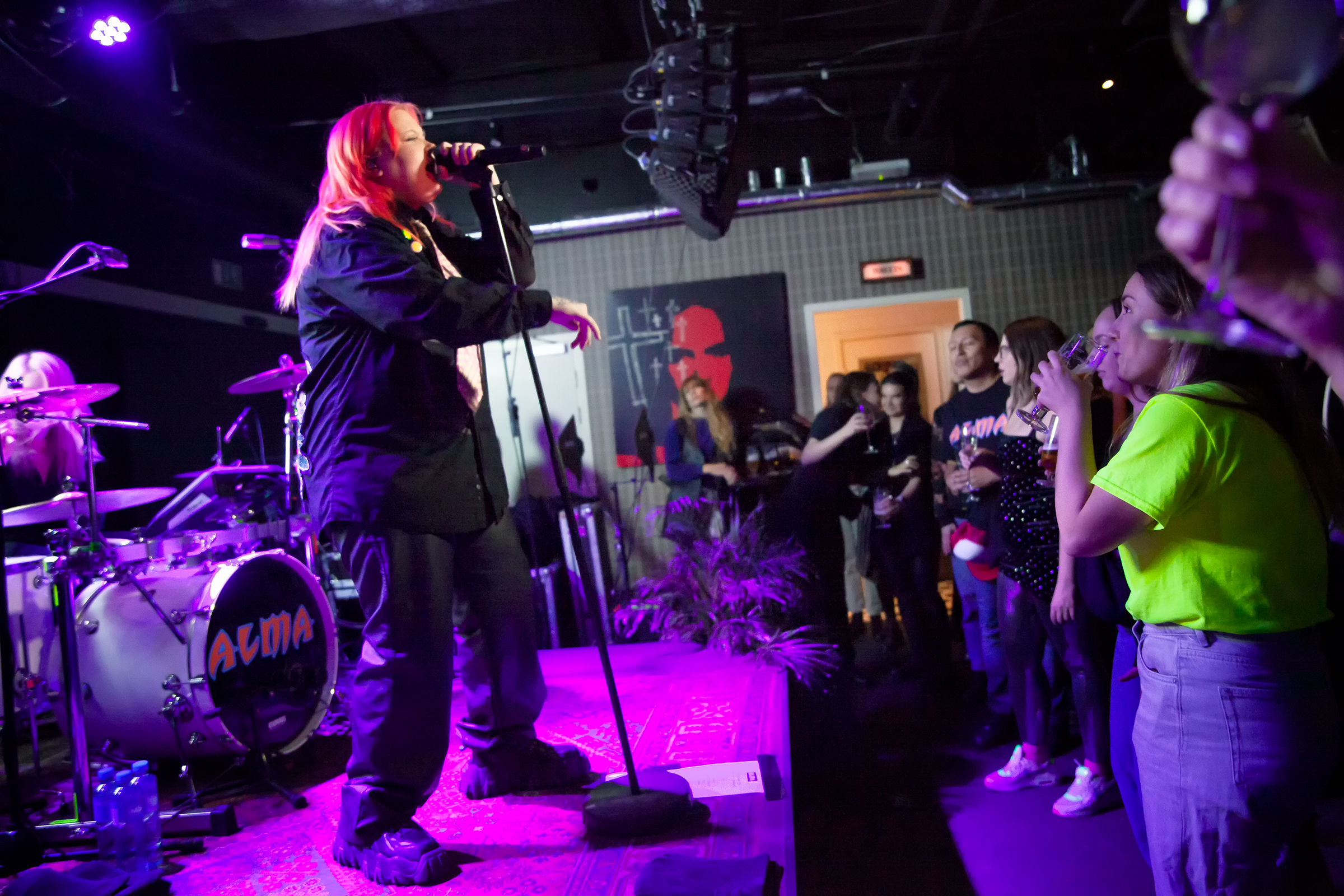




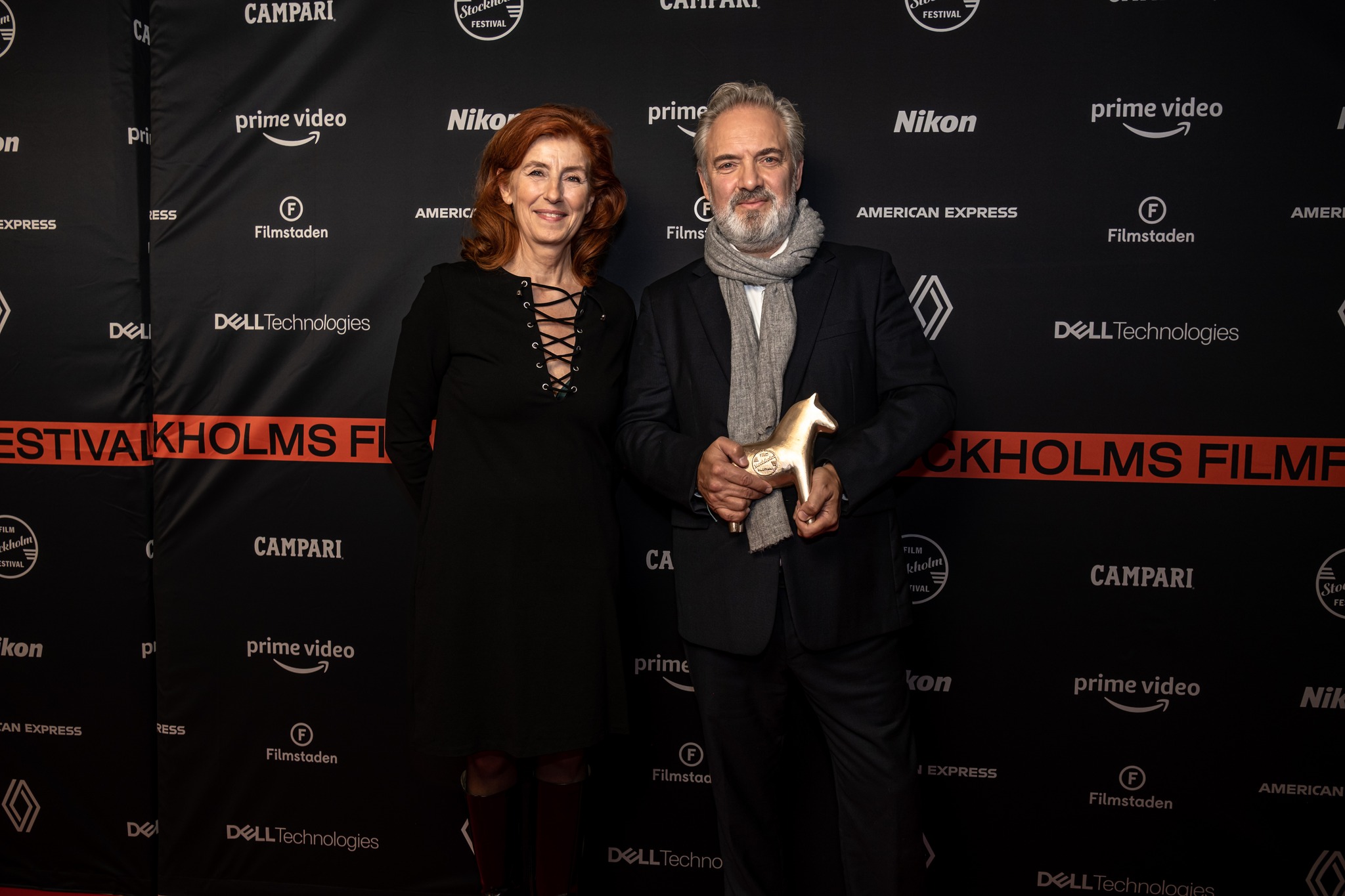
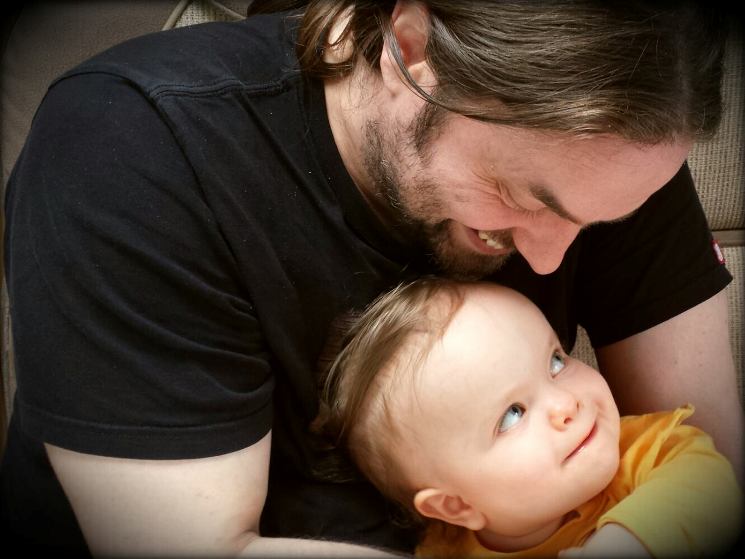
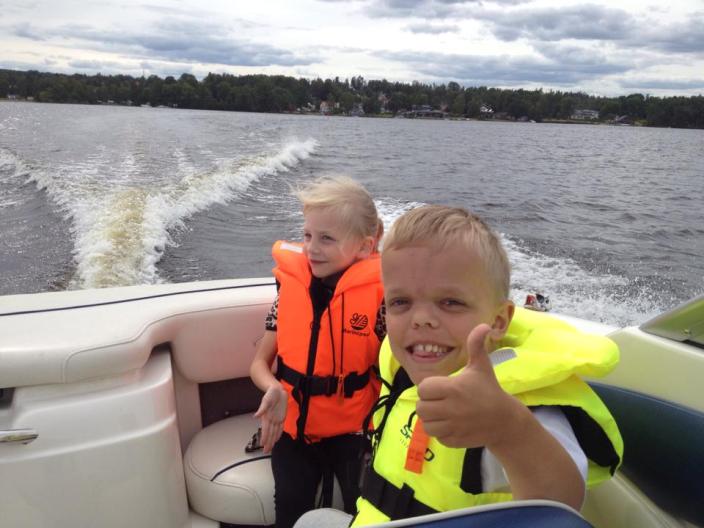
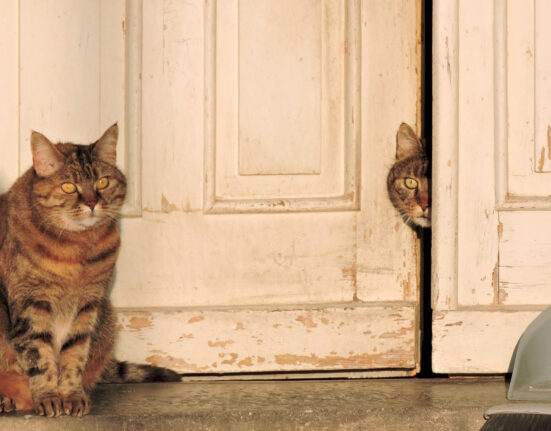

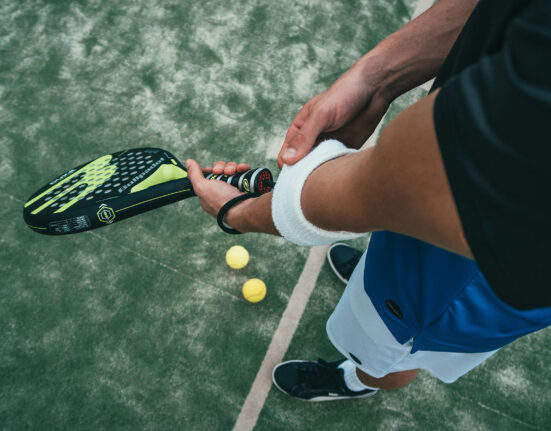
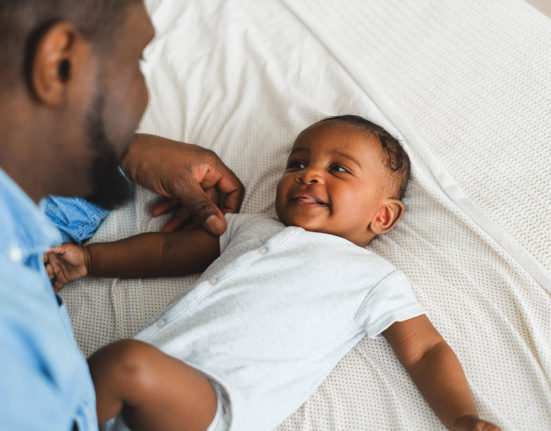

1 Comment